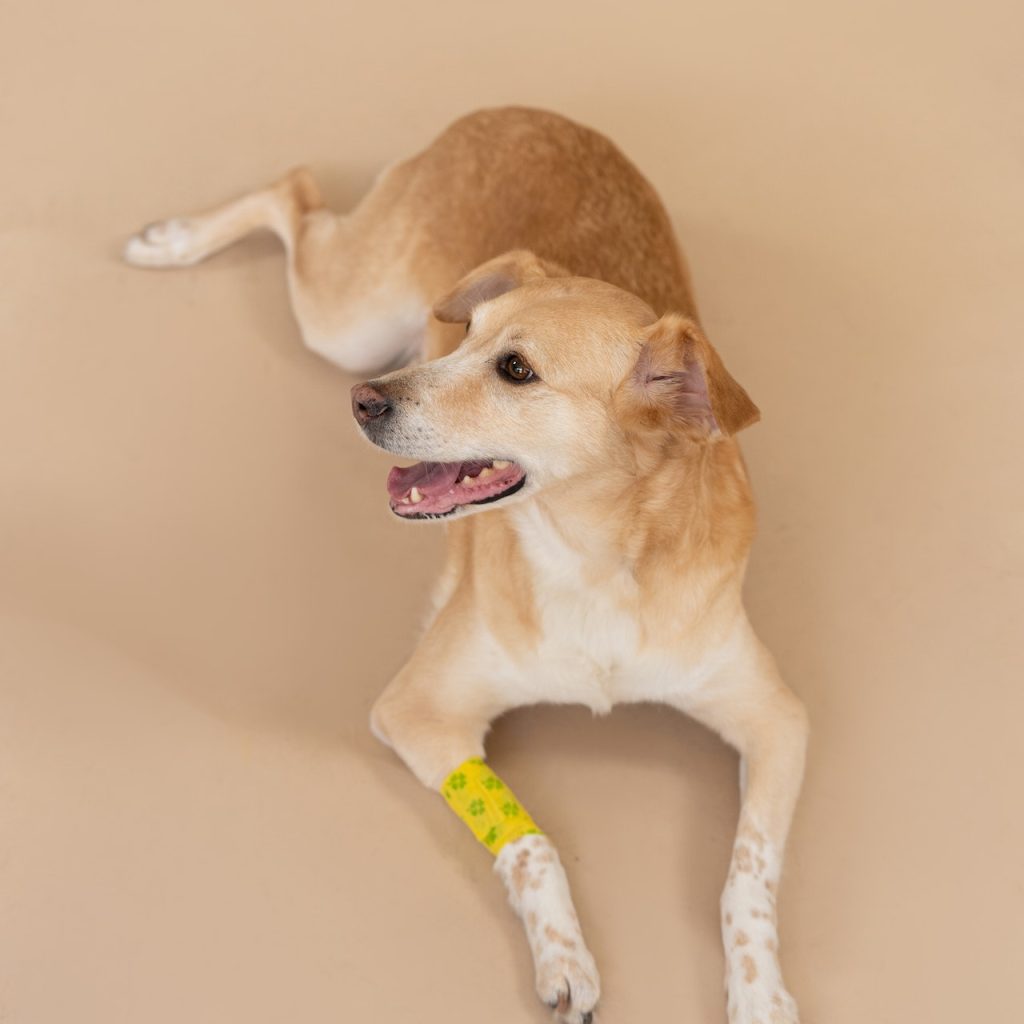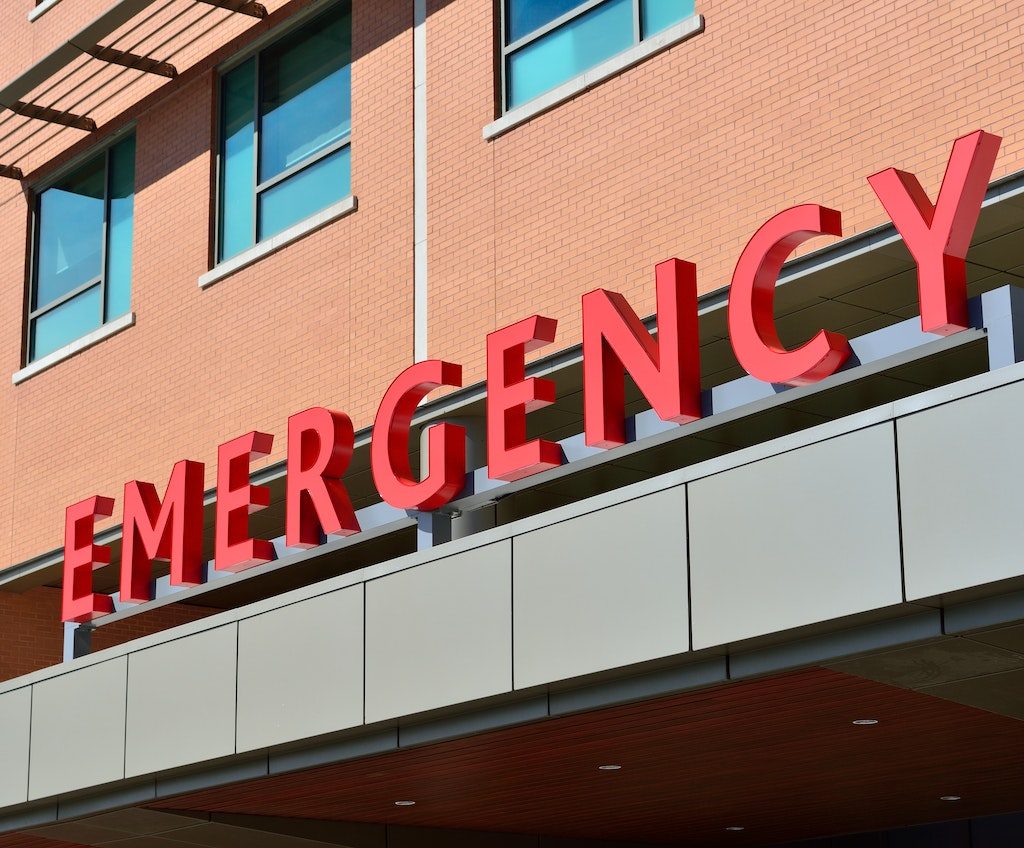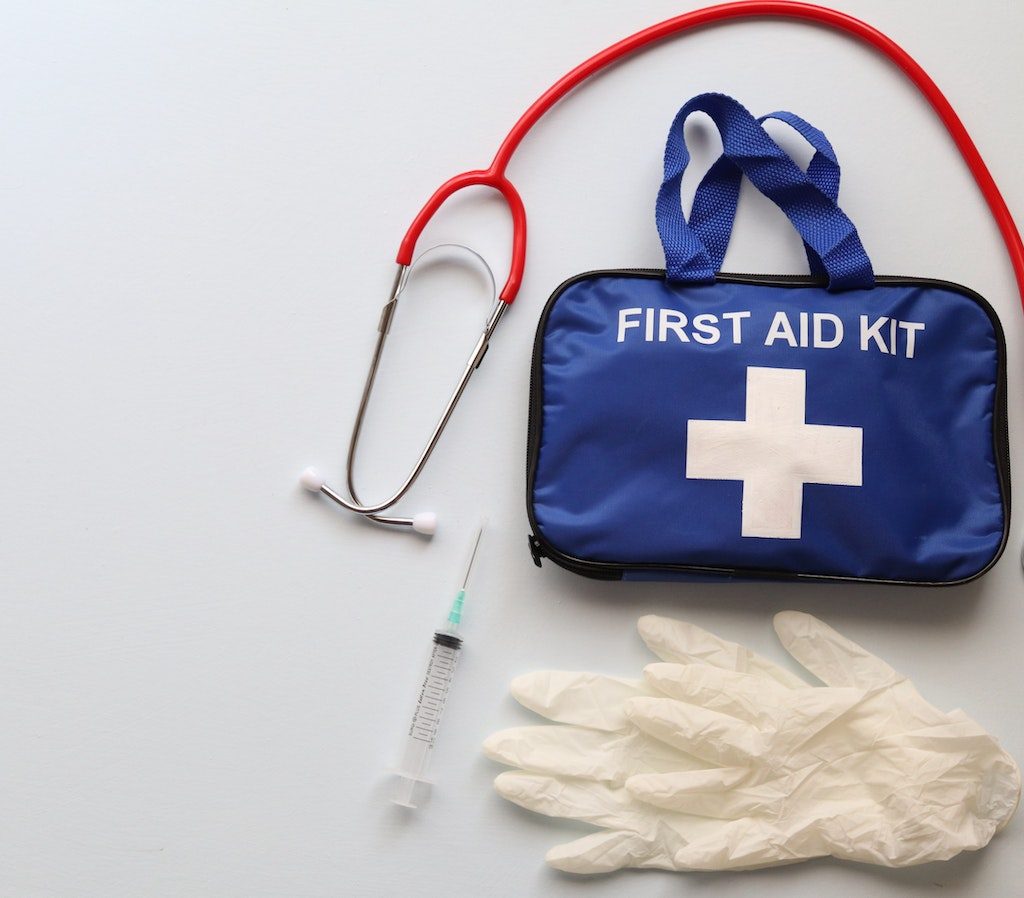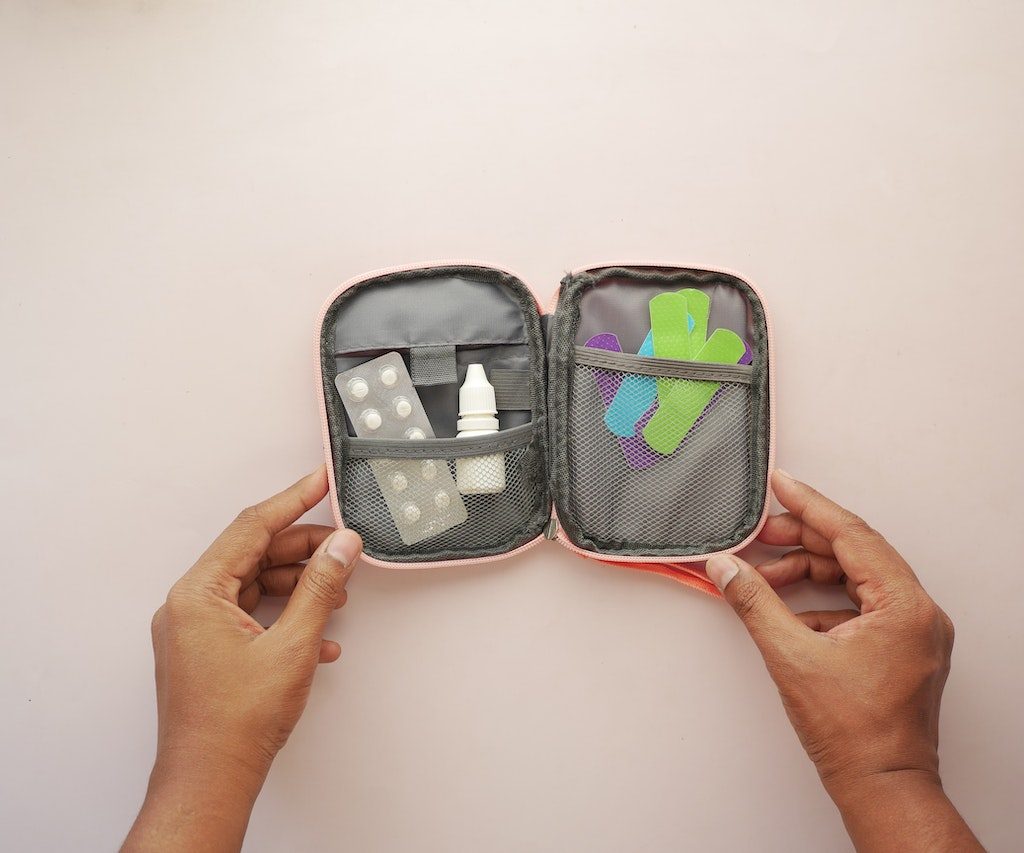Pet first aid is a vital skill that every pet owner should possess. In times of emergencies or accidents, knowing how to provide immediate care can make a crucial difference in saving your pet’s life. This blog post will guide you through essential tips and techniques for administering pet first aid, empowering you to confidently handle emergency situations.
In this comprehensive blog post, we will cover a range of topics related to pet first aid. You will learn about recognizing common pet emergencies, such as choking, injuries, and poisoning, and how to respond effectively. We will discuss the necessary first aid supplies to have on hand and provide step-by-step instructions on performing critical procedures, including CPR and bandaging.
Throughout the post, we will emphasize the importance of staying calm and acting swiftly when faced with an emergency. By following the guidelines presented here, you will be equipped with the knowledge and skills needed to provide immediate care to your beloved pet until professional veterinary help can be obtained.

Understanding Pet First Aid Basics
Purpose of Pet First Aid
Pet first aid refers to the immediate and temporary care provided to an injured or ill pet until professional veterinary help is available. Its primary purpose is to stabilize the pet’s condition, alleviate pain, and prevent further harm or deterioration. By administering timely first aid, pet owners can significantly increase the chances of a positive outcome and minimize potential complications.
Importance of Being Prepared for Pet Emergencies
Being prepared for pet emergencies is crucial for every responsible pet owner. Accidents and illnesses can occur unexpectedly, and having the knowledge and necessary supplies on hand can make a significant difference in saving your pet’s life. Prompt action during emergencies can reduce suffering, prevent further injury, and provide critical support until veterinary assistance is obtained.
Essential Items for a Well-Stocked Pet First Aid Kit
Having a well-stocked pet first aid kit is essential to ensure you have the necessary supplies readily available during emergencies. Some key items to include are:
- Sterile gauze pads and rolls for wound dressing.
- Adhesive tape and bandages for securing dressings.
- Antiseptic wipes or solutions for cleaning wounds.
- Tweezers and scissors for removing debris or cutting bandages.
- Digital thermometer to monitor your pet’s temperature.
- Pet-safe disinfectant for cleaning wounds or surfaces.
- Disposable gloves to maintain hygiene and prevent contamination.
- Emergency contact numbers, including your veterinarian and a nearby animal hospital.
- Any prescribed medications or specific items recommended by your veterinarian.

Creating a Pet Emergency Plan for Quick and Effective Response
Developing a pet emergency plan is crucial to ensure a quick and effective response during a crisis. Consider the following steps:
- Identify potential risks and hazards in your environment.
- Keep your pet’s identification and contact information updated.
- Locate the nearest emergency veterinary clinic and know how to get there.
- Designate a trusted person as an emergency contact who can assist if you are unavailable.
- Prepare an easily accessible folder containing your pet’s medical records and vaccination history.
- Familiarize yourself with basic pet first aid techniques and procedures.
- Practice handling and restraining techniques to ensure your safety and the pet’s well-being during emergencies.
- Communicate the emergency plan with family members or pet sitters to ensure everyone is aware of their roles and responsibilities.
Common Pet Emergencies and First Aid Techniques
CPR for Pets: Step-by-Step Instructions for Dogs and Cats
Cardiopulmonary resuscitation (CPR) can be a life-saving technique for pets experiencing cardiac arrest. Follow these simple steps:
- Check for responsiveness and ensure the pet is lying on a firm surface.
- Perform chest compressions by applying pressure to the chest at a rate of 100-120 compressions per minute.
- Administer rescue breaths by covering the pet’s nose and mouth with your mouth and blowing until the chest rises.
- Continue the cycle of compressions and breaths until the pet shows signs of breathing or professional help arrives.
Managing Wounds and Controlling Bleeding in Pets
When faced with a wound or bleeding, take the following steps:
- Apply gentle pressure with a clean cloth or gauze to control bleeding.
- Clean the wound with a mild antiseptic solution or clean water.
- Cover the wound with sterile gauze and secure it with a bandage or adhesive tape.
- Seek veterinary care for further evaluation and treatment.
Responding to Choking Incidents in Pets: Dos and Don’ts
If your pet is choking, follow these guidelines:
- Check if the pet can breathe or cough. Do not perform blind finger sweeps.
- If the pet is conscious and struggling, perform the Heimlich maneuver by applying upward pressure on the abdomen, just below the ribcage.
- For unconscious pets, lay them on their side and perform chest compressions.
- Seek immediate veterinary assistance even if the obstruction is dislodged.
Recognizing and Addressing Common Pet Poisoning Emergencies
If you suspect your pet has ingested something toxic, immediately take the following steps:
- Look for symptoms such as vomiting, diarrhea, weakness, seizures, or difficulty breathing.
- Contact a pet poison helpline or your veterinarian for guidance.
- Do not induce vomiting or administer home remedies without professional advice.
- Bring any packaging or information about the toxin to the veterinary clinic.
Immediate Actions for Heatstroke in Pets: Signs and Cooling Techniques
Heatstroke can be life-threatening for pets, therefore act quickly:
- Recognize signs of heatstroke, including excessive panting, drooling, weakness, and collapse.
- Move the pet to a shaded area and apply cool (not cold) water to its body, especially the head and neck.
- Use a fan or wet towels to aid in the cooling process.
- Transport the pet to a veterinary clinic for immediate evaluation and treatment.
Building an Effective Pet First Aid Kit

Comprehensive Checklist of Essential Items for a Pet First Aid Kit
A well-stocked pet first aid kit is crucial in times of emergencies, moreover, ensure your kit contains the following essentials:
- First aid manual: A comprehensive guide to pet first aid procedures and techniques.
- Sterile gauze pads and adhesive tape: For dressing wounds and controlling bleeding.
- Antiseptic solution or wipes: To clean wounds and prevent infection.
- Tweezers and scissors: For removing splinters or cutting bandages.
- Digital thermometer: To monitor your pet’s temperature.
- Disposable gloves: To protect yourself from potential hazards.
- Eye wash solution: For flushing out foreign particles from the eyes.
- Oral syringe or dropper: Useful for administering medications or fluids.
- Blanket or towel: Provides comfort and aids in immobilizing injured pets.
- Muzzle or cloth strips: Important for preventing bites if the pet is in pain or distress.
- Emergency contact numbers: Including your veterinarian and local animal emergency services.
- Pet’s medical records: Copies of vaccination records, medical history, and any relevant prescriptions.
Importance of Regular Maintenance and Restocking of Supplies
Regularly inspect and restock your pet’s first aid kit to ensure its readiness. Here are a few tips:
- Check expiration dates: Replace expired items promptly to maintain their effectiveness.
- Monitor inventory levels: Keep track of supplies and replenish them as needed.
- Customize for your pet’s needs: Consider any specific medications or supplies recommended by your veterinarian.
- Update contact information: Ensure emergency contact numbers are up to date.
- Periodic review: Familiarize yourself with the first aid manual and refresh your knowledge of techniques.

Preventive Measures and Safety Tips
Identifying and Eliminating Potential Hazards for Pets at Home
Ensuring a safe environment for your pet is crucial in preventing accidents and emergencies, furthermore here are some key steps to identify and eliminate potential hazards:
- Secure household chemicals and cleaning agents in locked cabinets or high shelves. These substances can be toxic if ingested by pets.
- Keep electrical cords out of your pet’s reach and use cord protectors to prevent chewing or tripping hazards.
- Store medications, both human and pet-specific, in secure containers and out of your pet’s reach. Even common medications can be harmful if consumed in large quantities.
- Keep small objects, such as toys or small household items, away from your pet’s reach as they can pose a choking hazard.
- Properly dispose of potential choking hazards like plastic bags, wrappers, and small objects that your pet may be tempted to play with.
Pet-Proofing the Environment: Indoor and Outdoor Safety Precautions
- Indoors:
- Securely close windows and balconies to prevent accidental falls.
- Install safety gates to restrict access to hazardous areas or rooms.
- Cover electrical outlets to prevent your pet from chewing on cords or inserting objects.
- Outdoors:
- Ensure your yard is securely fenced and free from escape routes.
- Remove poisonous plants or keep them out of your pet’s reach.
- Store gardening chemicals and fertilizers in a secure location.
- Secure food storage:
- Store food in tightly sealed containers to deter your pet from accessing it.
- Avoid leaving toxic foods, such as chocolate, onions, grapes, or raisins, within your pet’s reach.
- Supervise playtime:
- Keep a watchful eye on your pet during playtime to prevent them from swallowing small objects or getting injured.
Seeking Professional Help and Emergency Procedures

Knowing When to Consult a Veterinarian or Seek Emergency Care
It’s essential to recognize when your pet requires professional medical assistance. Here are some signs that indicate the need for veterinary attention:
- Persistent or worsening symptoms: If your pet’s condition is not improving or is getting worse, it’s crucial to seek veterinary advice.
- Severe injuries: In the case of severe injuries, such as deep wounds, fractures, or excessive bleeding, immediate veterinary care is necessary.
- Difficulty breathing: Labored breathing, choking, or gasping for air requires immediate attention from a veterinarian.
- Unresponsiveness or lethargy: If your pet is unresponsive, weak, or unable to stand, it’s a sign of a serious problem that needs immediate evaluation.
Emergency Veterinary Contact Information for Quick Reference
In case of emergencies, it’s vital to have the contact information of your nearest emergency veterinary clinic readily available. Keep their phone number and address easily accessible in your phone or on a prominent notice board at home. This ensures that you can quickly contact them when every second counts.
Guidelines for Providing Immediate First Aid While Waiting for Professional Help
While waiting for professional help, you can provide immediate first aid to your pet. Here are some guidelines to follow:
- Stay calm and reassure your pet: Comforting your pet can help reduce their stress and anxiety during emergencies.
- Follow basic first aid principles: For bleeding wounds, apply direct pressure with a clean cloth. In the case of fractures or suspected spinal injuries, immobilize your pet without causing further harm.
- Be cautious with muzzling: If your pet is in pain or distress, it may be necessary to use a muzzle. However, be cautious and avoid muzzling if your pet is having difficulty breathing or vomiting.
- Do not administer medication without professional guidance: While it’s tempting to provide pain relief or other medications, it’s essential to wait for professional advice to avoid potential complications.
Final Words
In conclusion, having knowledge of pet first aid and being prepared for emergencies is crucial for every pet owner. By understanding basic first aid techniques and having a well-stocked first aid kit, you can potentially save your pet’s life in critical situations.
Moreover, being proactive and learning about pet first aid not only equips you with essential skills but also empowers you to act swiftly and confidently during emergencies. Your quick response can make a significant difference in the outcome for your furry friend.
Remember, pet first aid is a continuous learning process. Stay updated on the latest techniques, guidelines, and advancements in the field of pet first aid. Take advantage of online resources, attend workshops or seminars, and consult with your veterinarian to enhance your knowledge and skills.
Furthermore, consider enrolling in a certified pet first aid course. These courses provide in-depth training, hands-on practice, and expert guidance, ensuring you are well-prepared to handle any pet emergency that may arise.